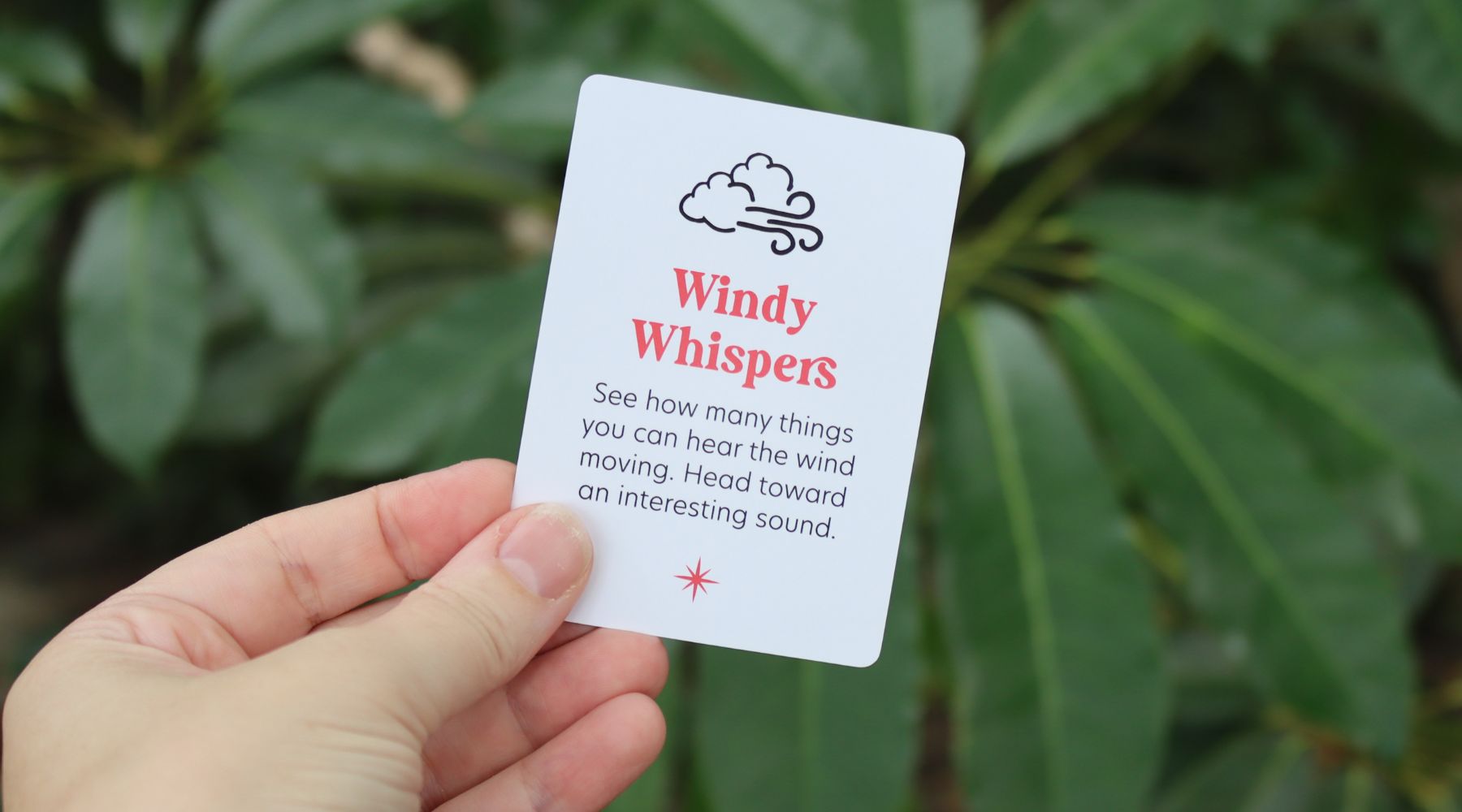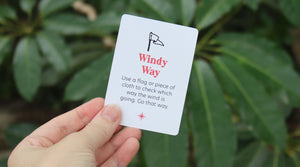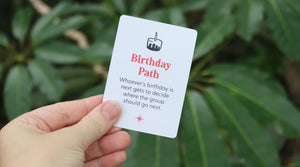Introduction:
Have you ever stopped to listen to the wind? In this activity called “Windy Whispers,” you’ll go outside, see how many things you can hear the wind moving, and then write a poem about it! This fun activity helps you connect with nature while sparking your creativity. Let’s get started on this windy adventure!
Why It’s Special:
Listening to the wind and its sounds can help us appreciate the beauty of nature. This activity encourages observation, listening skills, and creativity as you translate what you hear into poetry. Plus, it’s a great excuse to get outside and enjoy the fresh air!
What You’ll Need:
- A notepad or some paper
- A pencil or pen
- A cozy spot outside (like a park, your backyard, or anywhere you can hear the wind)
Step-by-Step Instructions:
- Find Your Spot: Choose a comfortable place outside where you can sit quietly. It could be under a tree, on a bench, or in your garden. Make sure you can hear the wind and any sounds it makes.
- Close Your Eyes: For a moment, close your eyes and take a deep breath. Listen carefully to the sounds around you. What do you hear?
- Listen for Windy Whispers: Pay attention to the things the wind is moving. Do you hear leaves rustling, branches swaying, or even the sound of your clothes flapping? Maybe there are chimes ringing or a nearby stream bubbling!
- Make a List: Open your eyes and write down everything you hear. Try to capture the different sounds and the feelings they create. For example, “I hear the soft rustle of leaves,” or “I hear the chime of bells dancing in the breeze.”
- Write Your Poem: Now it’s time to get creative! Using your list, write a poem about what you heard. It can be a fun rhyming poem or a simple free verse. Don’t worry about it being perfect—just let your imagination flow!
- Share Your Poem: Once you’ve finished writing, share your poem with your family or friends. You could even read it aloud outside to let the wind carry your words!
Fun Fact:
Did you know that the sound of the wind is created by air moving over and around objects? This is why you hear different sounds when the wind blows through trees, around buildings, or across open fields. Each place creates a unique symphony of whispers!
Safety Tip:
Make sure to choose a safe location to sit. Avoid busy roads or places where you might be at risk of falling branches. Enjoy your time outside, but always stay aware of your surroundings!
Wrap-Up:
“Windy Whispers” is a wonderful way to connect with nature and express your feelings through poetry. By listening closely to the sounds around you, you’ll discover the magical world of nature’s music. So grab your notepad, find a nice spot outdoors, and let the wind inspire your creativity. Happy listening and writing!



